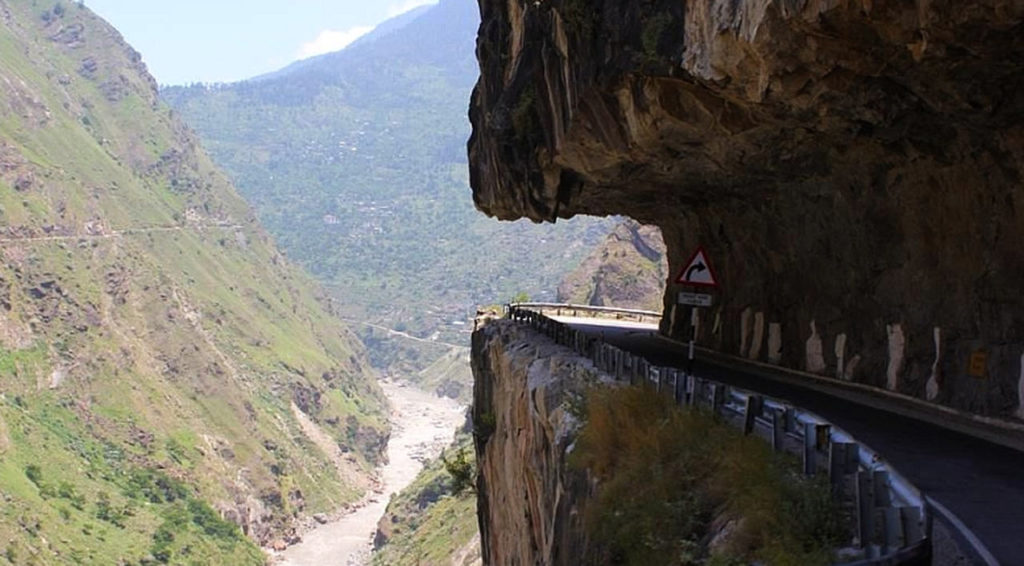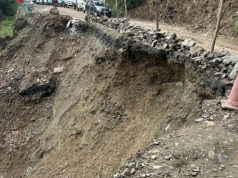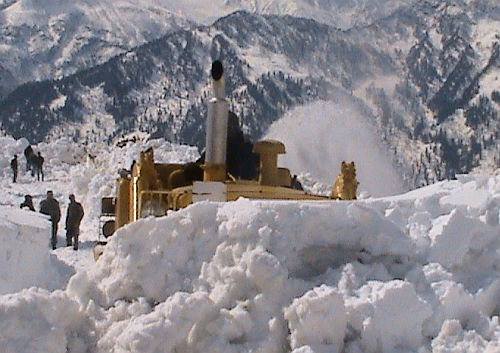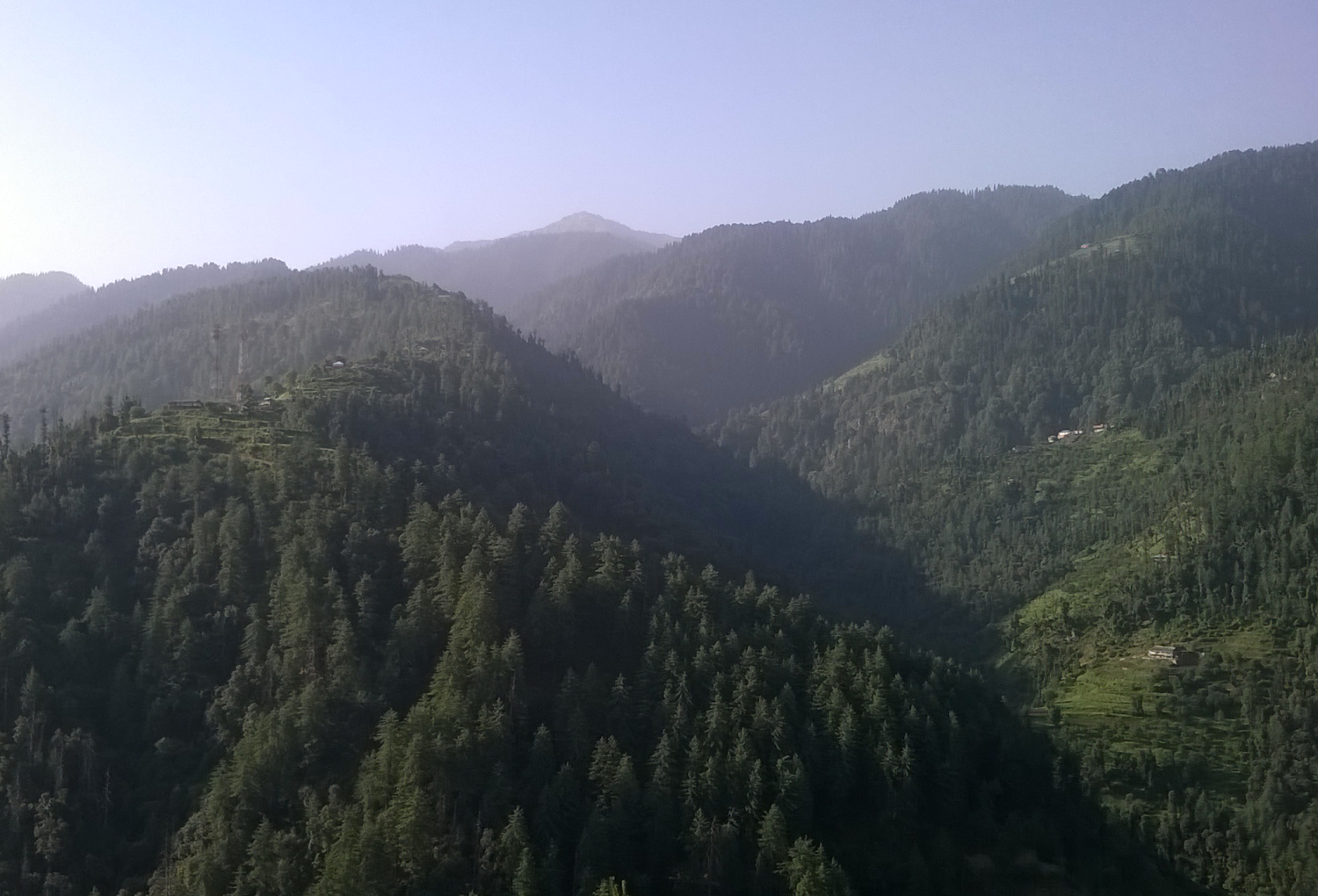
In the heart of the Himalayas, where mountain peaks touch the sky and the air is crisp with untold stories, the Hindustan-Tibet Road stretches like a thread connecting two worlds. This iconic route is more than a mere conduit of vehicles; it’s a historical artery coursing through the breathtaking terrain, echoing with the footprints of time. Its origins, rooted in the strategic foresight of the British Empire during the early 1900s, have transformed it into a tapestry of history, resilience, and cultural exchange.
As we embark on this odyssey along the Hindustan-Tibet Road, we find ourselves tracing the footsteps of a bygone era. This isn’t just a road; it’s a living testament to the visionaries who dared to conquer the formidable Himalayan terrain, engineers who turned challenges into triumphs, and the enduring ties between nations that have weathered the test of time. Join us on this journey through the ages, where each bend and ascent tell a story etched into the very fabric of this ancient route.
Tracing the Origins: A British Vision Unfolds
In the annals of history, the Hindustan-Tibet Road finds its genesis in the strategic vision of the British Empire during the early 1900s. The geopolitical significance of Tibet, coupled with the need for a direct trade route, prompted the British to embark on an ambitious project that would connect the Indian subcontinent with the roof of the world.
The colonial rulers, led by Viceroy Lord Curzon, envisioned a road that would not only facilitate trade but also assert British influence in the northern regions of India. The summer capital of British India, Shimla, emerged as a pivotal point for the initiation of this colossal endeavour.
Engineering Marvels Amidst the Himalayan Terrain
The construction of the Hindustan-Tibet Road was no small feat. The road cut through the formidable terrain of the Himalayan mountains, presenting engineers with unprecedented challenges. High altitudes, steep slopes, and unpredictable weather conditions made the construction a formidable task.
The sheer determination of the builders manifested in the engineering marvels that still characterize the road today. The meticulous planning and execution were evident in every twist and turn, as the road traversed the majestic landscapes, creating a lifeline between India and Tibet.
A Gateway to the Himalayas: The Scenic Splendour
As one embarks on the Hindustan-Tibet Road, a visual feast unfolds. The road offers panoramic views of the snow-capped peaks, lush valleys, and winding rivers that define the Himalayan region. The scenic beauty serves as a constant companion to travellers, providing not only a breathtaking experience but also a poignant reminder of the raw, untouched majesty of nature.
Among the highlights of the journey is the Shipki La Pass, standing tall at an elevation of over 18,000 feet. This pass not only marks the border between India and Tibet but also serves as a symbolic gateway to a cultural exchange that has endured for centuries.
Shipki La Pass: Bridging Nations and Cultures
Shipki La Pass, with its daunting elevation and sweeping views, encapsulates the historical significance of the Hindustan-Tibet Road. As travellers cross this pass, they step into a realm where India and Tibet share more than just geographical proximity; they share a history marked by trade, cultural exchange, and diplomatic ties.
The pass has been witnessing centuries of travellers, traders, and adventurers making their way between the two nations. Its role in facilitating not just commerce but also fostering cultural understanding cannot be overstated. The centuries-old ties between India and Tibet find a physical manifestation in the stones and winds of Shipki La Pass.
Strategic Significance in Modern Times
Beyond its historical and cultural dimensions, the Hindustan-Tibet Road stands as a strategic asset in contemporary times. As the geopolitical landscape evolves, the road plays a crucial role in military logistics and connectivity in the northern frontier of India. The challenging terrain that once posed obstacles for traders now demands modernization efforts to ensure smoother transportation and enhanced connectivity.
Despite its historic charm, the road is not without its challenges. Adverse weather conditions, especially during the winter months, pose significant hurdles. Landslides and natural calamities are inherent risks that demand constant attention and infrastructure upgrades.
A Modern Gateway: Efforts in Modernization
In recent years, concerted efforts have been made to modernize the Hindustan-Tibet Road. Upgrades in infrastructure, road safety measures, and better connectivity have been prioritized to meet the demands of the contemporary world while preserving the road’s historical and cultural legacy.
The road has evolved into more than just a trade route; it has become a popular tourist attraction. Adventure enthusiasts and nature lovers from around the world are drawn to the challenges and the pristine beauty of the Himalayan region that the road unveils.
A Tapestry Woven Through Time
The Hindustan-Tibet Road is not just a road; it is a tapestry woven through time, adorned with the threads of history, culture, and the indomitable spirit of human endeavour. From its inception as a vision of British strategists to its present-day role in geopolitics and tourism, the road stands as a symbol of endurance and resilience.
As travellers embark on the journey along the Hindustan-Tibet Road, they traverse not just the winding paths of the Himalayas but also the corridors of history. Each bend, each pass, and each vista tell a story—a story of nations connected, cultures intertwined, and a road that defies the limits of time and terrain.
Picture: Tripologer







